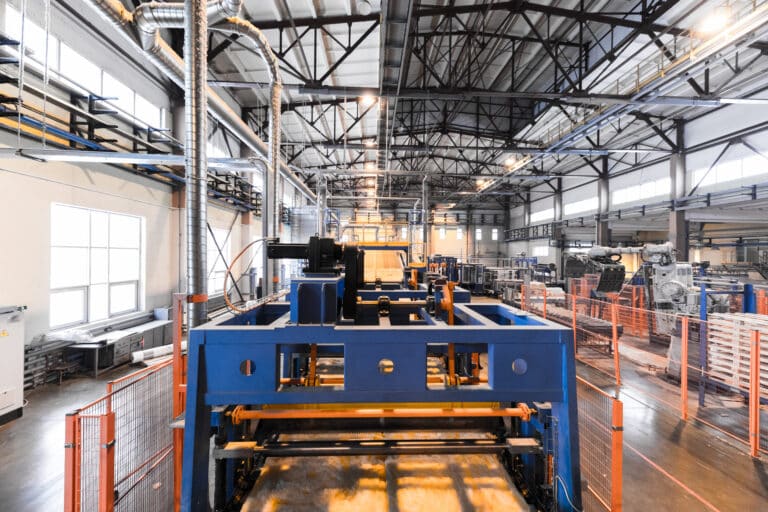Occupational safety is vital in industries where the risk of fire and electrostatic release is high. Incorporating safety and protective measures reduces the risks of hazards. Wearing flame resistant pants and jackets is a pivotal part of PPE (personal protective equipment) in several industries. Fire and electrostatic discharge create havoc in industries. They result in extensive sparks, fire outbreaks, and explosions. It is dangerous for workers/employees to escape from the situation unhurt and severe burn injuries. The unique design of flame-resistant clothing protects workers/employees from potential fire and electrostatic hazards.
Understanding Flame-Resistant Clothing
Flame-resistant clothing is a safety PPE mandatory for power industry employees/workers. The power industry employees/workers encounter serious hazards, like exposure to arc-flash, fire sparks, electrical sparks, high temperature, and combustion heat. Flame-resistant garments prevent initial flame exposure and residential heat transfer. When employees/workers encounter arch-flashes and electrical and fire hazards, ordinary garment textile melts on the skin and causes serious burn injuries. The benefit of wearing flame-resistant jackets and pants is that they don’t ignite and easily catch fire when there is high temperature and combustion. It minimizes injuries and gives the escape time to the wearer.
Dual-Functionality
The highlight of flame resistant pants and Coverups is their dual-functionality. The unique features of FR garments include the dual functionality of flame-resistance and anti-static effects simultaneously. The textile is interwoven with conductive fibers, which are responsible for protecting employees/workers from fire accidents and electrostatic discharge. The production materials include:
- Pure cotton
- Blended cotton
- Fine blended fabric
- Aramid blended fiber
The durability and cost of flame-resistant fabrics differ. Armabid blended fiber fabric is the most expensive and offers long-lasting flame-resistant and anti-static effects.
Importance of Flame-Resistant Clothing
Flame-resistant clothing focuses on protecting the worker from thermal and fire injuries. Such clothing restricts ignition and self-extinguishes when there is no more ignition source. It prevents burns from initial flame exposure and heat transfer. Professions like electric utilities, oil and gas, fire service, and research laboratories utilize flame-resistant clothing.
The potential for open fires, explosions, and thermal accidents necessitates ideal protection. Flame-resistant garments reduce the possibility of catching fire when there is a high temperature and combustion. If the flame-resistant garment ignites, it ceases to burn with the removal of the fire or heat source. Therefore, there is less likelihood of severe burn injuries.
Types of Flame-Resistant Fabrics
High-quality flame resistant pants and jackets consist of four types of fabrics that have excellent flame-limiting and anti-static properties.
Kevlar
Because of its fire-resistant qualities, more firefighting gear features the Kevlar fabric.
Nomex
It is a synthetic material with a reputation for excellent chemical, fire, and heat-resistance qualities.
Modacrylic
It is a synthetic material that is mixed with polymer fiber so that there are softness and high flame-resistance effects.
Chemically-Treated Cotton
Natural cotton fiber, when chemically treated, becomes the most effective flame-resistant material for industrial protective gear.
Flame resistant garments don’t make the employees/workers immune to fire and electrostatic accidents. It minimizes the risks of severe burn injuries by offering short-term protection from thermal or flame exposures. The wearer should care and maintain the flame-resistance garments for optimal effectiveness and durability.
Choosing the Right Flame-Resistant Clothing
In the US, fire-resistant clothing should comply with industry standards and policies that guarantee safety in environments that consist of heat and flame hazards. To pick an ideal flame-resistant clothing, there are elements to consider.
- Looking for certifications and labeling that confers compliance with Federal occupational safety standards.
- Garments that cater to Federal safety standards carry safety marks. It shows that the clothing complies with the Federal safety, environment, and health requirements.
- Checking the documentation about the testing methods, fire-resistant properties, and certifications. Reputable FR clothing manufacturers and suppliers offer information about the garments.
- Regular inspection of the quality and effectiveness of the FR garments is necessary.
Conclusion
Fabrics melting into the skin and causing severe burn injuries are a concern. To prevent or restrict injuries, employees/workers in specific industries wear flame resistant pants and jackets. The materials in flame-resistant garments have anti-static effects which protect workers against electrostatic discharge. The benefit of wearing high-quality, industry-grade FR clothing is that the clothes don’t ignite and stop burning and melting the fabric into the skin. The wearer gets enough time to rescue from the heat or ignition source with minimal injuries.












